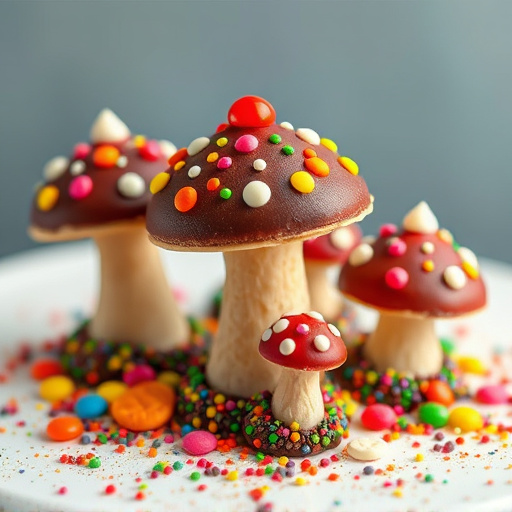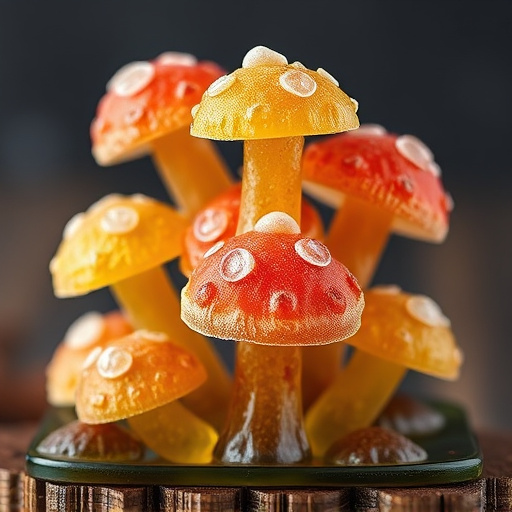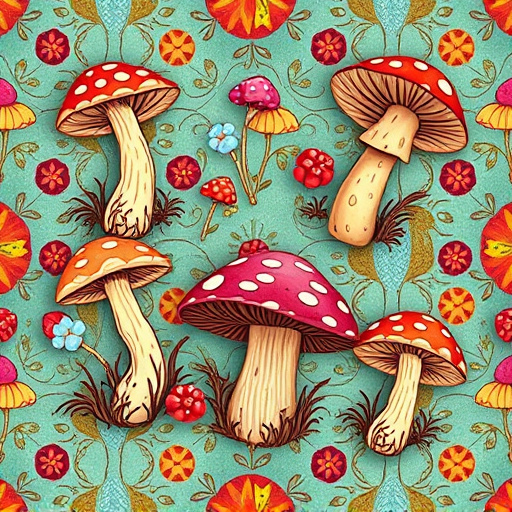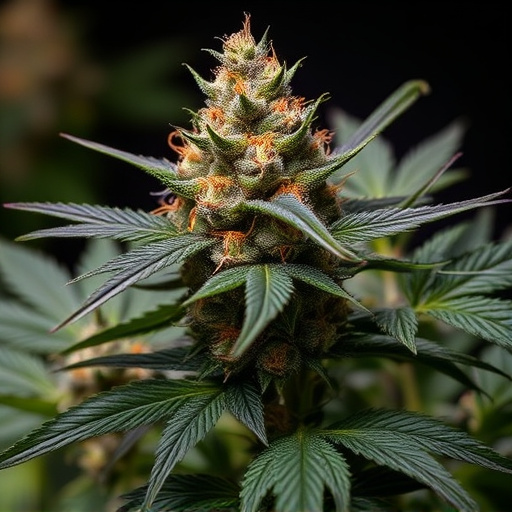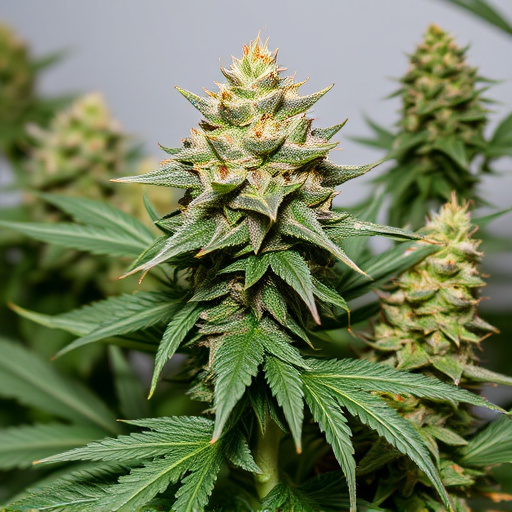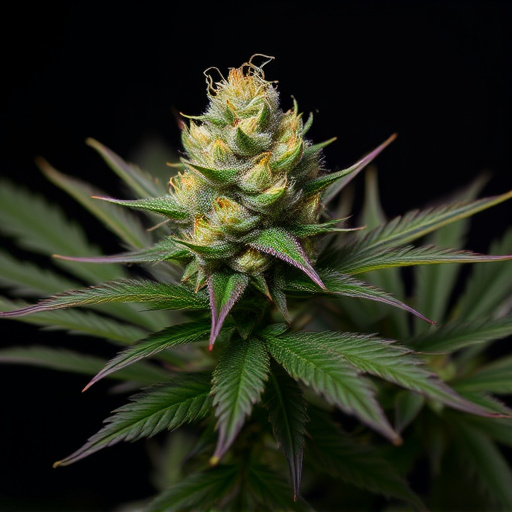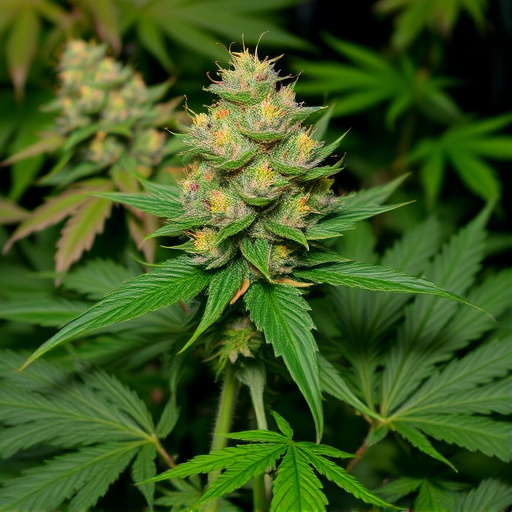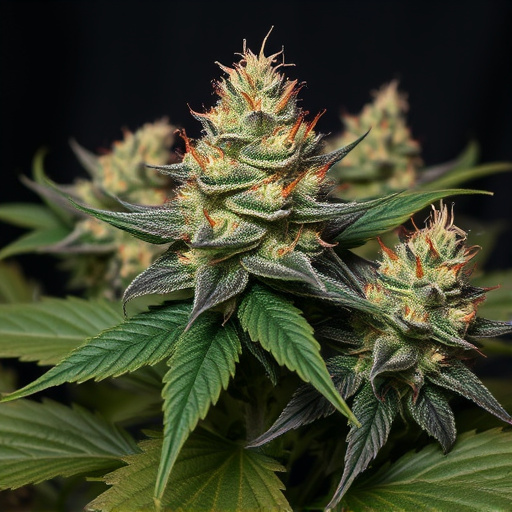Hybrid weed strains' diverse colors result from a complex interplay of biological processes and environmental factors. Key pigments like anthocyanins, flavonoids, and carotenoids protect the plant from stress, while cannabinoid and terpene profiles further influence aroma, flavor, and coloration. Environmental conditions during growth create a wide palette, making each hybrid strain uniquely visually appealing and offering enthusiasts a heightened experience based on both aesthetics and expected effects.
Discover the captivating transformation of cannabis flowers as they change color, a process that fascinates both enthusiasts and scientists alike. Explore the natural pigmentation process behind these vibrant hues. Uncover how genetic diversity in hybrid weed strains contributes to stunning color variations. Learn to identify and appreciate the unique colors of different strains, offering a deeper connection to this remarkable plant.
- The Natural Pigmentation Process in Cannabis Flowers
- Factors Influencing Color Variation in Hybrid Weed Strains
- How to Identify and Appreciate the Colors of Different Strains
The Natural Pigmentation Process in Cannabis Flowers
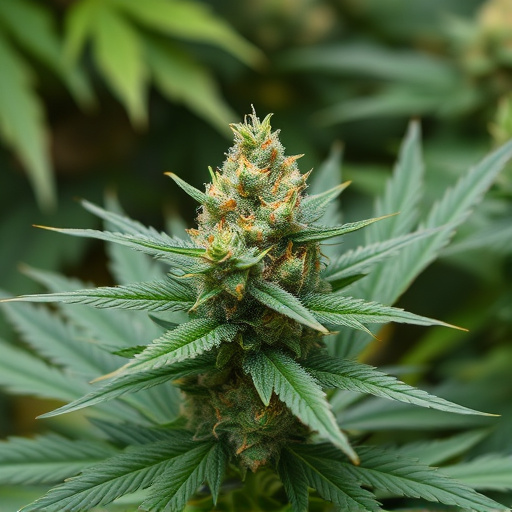
The natural pigmentation process in cannabis flowers is a fascinating and intricate phenomenon that contributes to the diverse colors we see across different hybrid weed strains. Just like other plants, cannabis produces pigments as part of its defense mechanism against environmental stressors. These pigments not only protect the plant but also play a role in attracting pollinators, ensuring the survival and reproduction of the species.
The primary pigments responsible for cannabis flower coloration include anthocyanins, flavonoids, and carotenoids. Anthocyanins are water-soluble compounds that give flowers their red, purple, and blue hues. They accumulate in response to various stimuli, such as changes in light intensity or temperature, making them dynamic indicators of the plant’s environment. Flavonoids, on the other hand, contribute to yellow, orange, and white colors and have antioxidant properties, protecting the plant from oxidative stress. Carotenoids produce oranges and yellows, serving as precursors to vitamin A and playing a role in photoprotection, preventing damage from excessive light energy. The interplay of these pigments results in the striking visual variations observed among hybrid weed strains.
Factors Influencing Color Variation in Hybrid Weed Strains
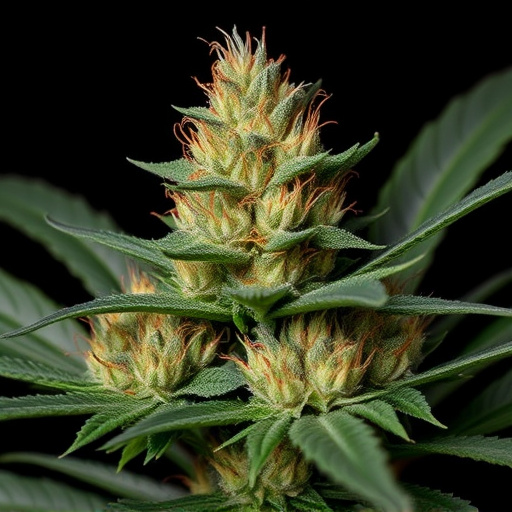
The colors of cannabis flowers, especially in hybrid weed strains, are a result of intricate biological processes and environmental factors. One key influencer is the interaction between different cannabinoid profiles and terpene compounds. These chemical components not only contribute to the plant’s unique aroma and flavor but also play a significant role in determining the final pigment. For instance, higher levels of cannabinoids like THC or CBD can affect chlorophyll production, leading to variations in green hues.
Additionally, environmental conditions during the growing phase significantly impact color development. Factors such as light intensity, temperature fluctuations, and nutrient availability can prompt changes in pigmentation. Hybrid strains, with their complex genetic backgrounds, are particularly susceptible to these influences, resulting in a diverse range of colors, from deep purples to bright yellows, and even subtle nuances of pink or orange.
How to Identify and Appreciate the Colors of Different Strains
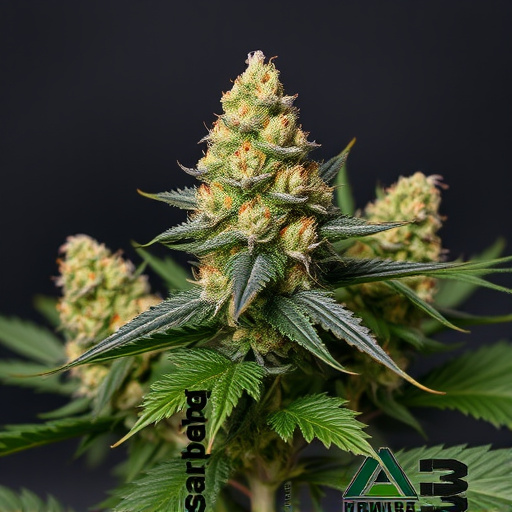
Cannabis flowers exhibit a vibrant array of colors, which can be a beautiful and intriguing aspect for many enthusiasts. Identifying and appreciating these hues can enhance your overall experience with different hybrid weed strains. Each strain has unique characteristics, often reflected in its visual appeal. For instance, some hybrids may showcase shades of bright orange or yellow, reminiscent of autumn leaves, while others might display deep purple tones, akin to a mysterious night sky.
To elevate your cannabis journey, take a closer look at the colors and patterns on the flowers. The hues can range from subtle pastel shades to bold, intense colors. By familiarizing yourself with these visual cues, you can better understand the potential effects and unique attributes of each hybrid strain. This practice allows for a more personalized experience as you choose strains that not only cater to your preferences but also offer an aesthetically pleasing journey.
Cannabis flower color change is a fascinating process influenced by various factors, including natural pigmentation and genetic variations in hybrid weed strains. Understanding these dynamics allows us to appreciate the diverse hues and enjoy the unique aesthetic of different strains. By identifying and appreciating the colors, cannabis enthusiasts can gain a deeper connection with their plants, embracing the beauty that comes from both science and nature.

